In the past few weeks I’ve received a couple emails from different lacrosse goalies about injuries and how to treat them.
As some lacrosse goalies are now starting fall ball and beginning to play after a long lay off injuries might be effecting your body.
I invited my brother-in-law, physical trainer, and Lax Goalie Rat’s own Body Conditioning & Corrective Exercise Specialist Coach Rob to write up his thoughts on common lacrosse and lacrosse goalie injuries and how to treat and recover from them.
If you don’t remember Coach Rob, he’s the author behind these posts related to physical conditioning and the body for lacrosse goalie athletes:
Coach Rob says this throughout his post but its worth repeating – consult a doctor before taking any of this advice.
Enter Coach Rob
In any sport there is a possibility of injury. Some are more severe than others and there are various types. We will talk about a few of the more common injuries suffered by lacrosse athletes.
Before starting any treatments or attempting to self-diagnose, it is always recommended you first seek the advice of a medical doctor.
Common Lacrosse Injuries: Hamstring Pulls
An athlete experiences an injury to the rear-upper part of the leg, just under the glute, usually a sharp “bite” feeling while sprinting or changing direction suddenly.
A small amount of discoloration may appear in the area. If there is severe discoloration, then it is definitely recommended you seek medical advice from your doctor.
In minor cases the most effective treatment is rest, ice, and elevation.
Once the back of the lag feels more tight than sharp, heat can be applied instead of ice to promote blood flow. It should be ok to lightly start riding the bike, getting massaged/foam rolling and stretching.
Work with a trainer or physical therapist to properly increase the difficulty of your program at the correct pace.
It is not recommended to try and play through a hamstring injury of any kind as doing so may result in a partial or complete tear of the muscle and a longer recovery.
Strengthening exercises to help recover and prevent injury include:
- Biking
- Jogging in a pool
- Leg extensions
- Box Squats
- Bosu Ball Squats
- Straight-legged Dead Lifts
- Leg Swings (Back/Forth & Laterally)
Common Lacrosse Injuries: Ankle Sprains
An athlete experiences injury to the ankle joint, usually by rolling during running or jumping or by getting stepped on by another player during play.
Immediately place ice on the ankle and elevate it above the heart to reduce swelling.
Return to activity is dependent on the level of pain. Many athletes play through minor ankle sprains after getting the ankle wrapped and/or bracing the ankle.
Keep in mind, playing through any injury may prolong and/or increase pain and recovery time.
A bruised or cut ankle due to being stepped on may be more tolerable as long as there are no breaks. Ice and elevation is still recommended in this case.
Exercises to strengthen and recover from ankle sprains include:
- Calf Stretches
- Calf Raises
- Ankle Rotations
- Single-Legged Balancing while performing upper body rubber band and/or dumbbell exercises (i.e. rubber band row while on one foot)
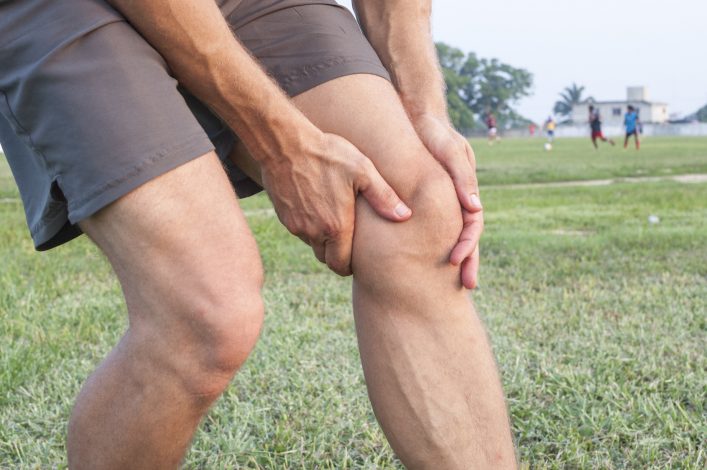
Common Lacrosse Injuries: Knee Sprains
An athlete experiences sudden sharp pain to the knee area, this is possible with and without contact of another athlete.
Knee injuries should definitely be looked at by your doctor as they are difficult to diagnose as far as severity.
More minor knee injuries can be treated with rest, ice, and elevation.
Keeping the hamstrings flexible during this entire process is very important. Work with a trainer or physical therapist to strengthen the knee according to your specific case.
Slowly return to activity, listen to your body.
Strengthening exercises may include:
- Bike riding
- Jogging in water
- Leg extensions
- Straight-legged Deadlifts
- Lateral leg lifts
- Reverse Kicks
- Any exercises which involves balance will help big time
Always seek the advice of your doctor before deciding whether or not to play through an injury of any type. Although there are many similarities in the human body, everybody’s case is different and requires specific care and rehabilitation program design.
Common Lacrosse Injuries: Contusions / Bruises
Lacrosse goalies don’t wear much padding and are thus very susceptible to contusions or bruises.
Most bruises will be minor and will simply cause discomfort to the athlete.
RICE – Rest, Ice, Compression, Elevation can be used to treat deeper contusions or multiple bruises to the same part of the body.
The goal of that therapy is to minimize hemorrhage, minimize inflammation and control pain.
(Coach Damon – For more info on this one checkout my full treatment guide for lacrosse goalie bruises).
Common Lacrosse Injuries: Thumb Sprains
Talk to any lacrosse goalie who has been playing the sport long enough and sure enough they’ll have a gruesome story (perhaps even an accompanying photo) of a thumb injury sustained from a shot.
Because of the way a lacrosse goalie sets up with their wrist behind the shaft, the thumb is exposed.
Your best bet in avoiding a thumb sprain is prevention via a pair of high protection lacrosse goalie gloves. Lacrosse goalie gloves have a reinforced thumb that will help prevent injury when your thumb inevitably gets hit by a shot.
Coach Damon: You’ll specifically want to focus on preventing thumb injuries in practice since you’ll see way more shots in practice than in games and the risk of injury is much higher there. You also don’t have to worry about any rules or how the gloves look. Safety is the only priority. I’ve crafted hunks of strong plastic and just taped them on or fashioned a protective thumb device out of an old pair of gloves.
Unfortunately, even with lacrosse goalie gloves thumb sprains can still occur.
Sprained thumbs can be treated in the same way that sprained knees – RICE: rest, ice, compression, elevation. Taping of the thumb underneath the glove can help serve as a preventative measure to avoid thumb injuries.
Exercises to strengthen the thumb joint include:
- Thumb active range of motion
- Wrist range of motion
- Flexion: Gently bend your wrist forward.
- Extension: Gently bend your wrist backward.
- Side to side: Gently move your wrist from side to side (a handshake motion).
- Thumb strengthening: Pick up small objects, such as paper clips, pencils, and coins, using your thumb and each of your other fingers, one at a time.
- Grip strengthening: Squeeze a soft rubber ball.
Always seek the advice of your doctor before deciding whether or not to play through an injury of any type.
Conclusion – Back to Coach Damon
First of all, thanks to Coach Rob for typing up this piece on common lacrosse goalie injuries and how to both prevent and recovery from them.
Second of all, I’m a lacrosse goalie coach, I’m not a doctor nor do I pretend to be one on the internet. Seek the advice of your doctor before deciding whether or not to play through an injury of any type or before self-diagnosing.
An injured goalie cannot make saves. So to best serve your team and your career keep your body healthy.
Hopefully this post was helpful for you in identifying common goalie injuries and what you can do to prevent them or recover from them.
Until next time! Coach Damon
Anyone had a different injury while playing goalie? Would love to hear your stories of injuries you’ve dealt with. Leave me a comment down below.
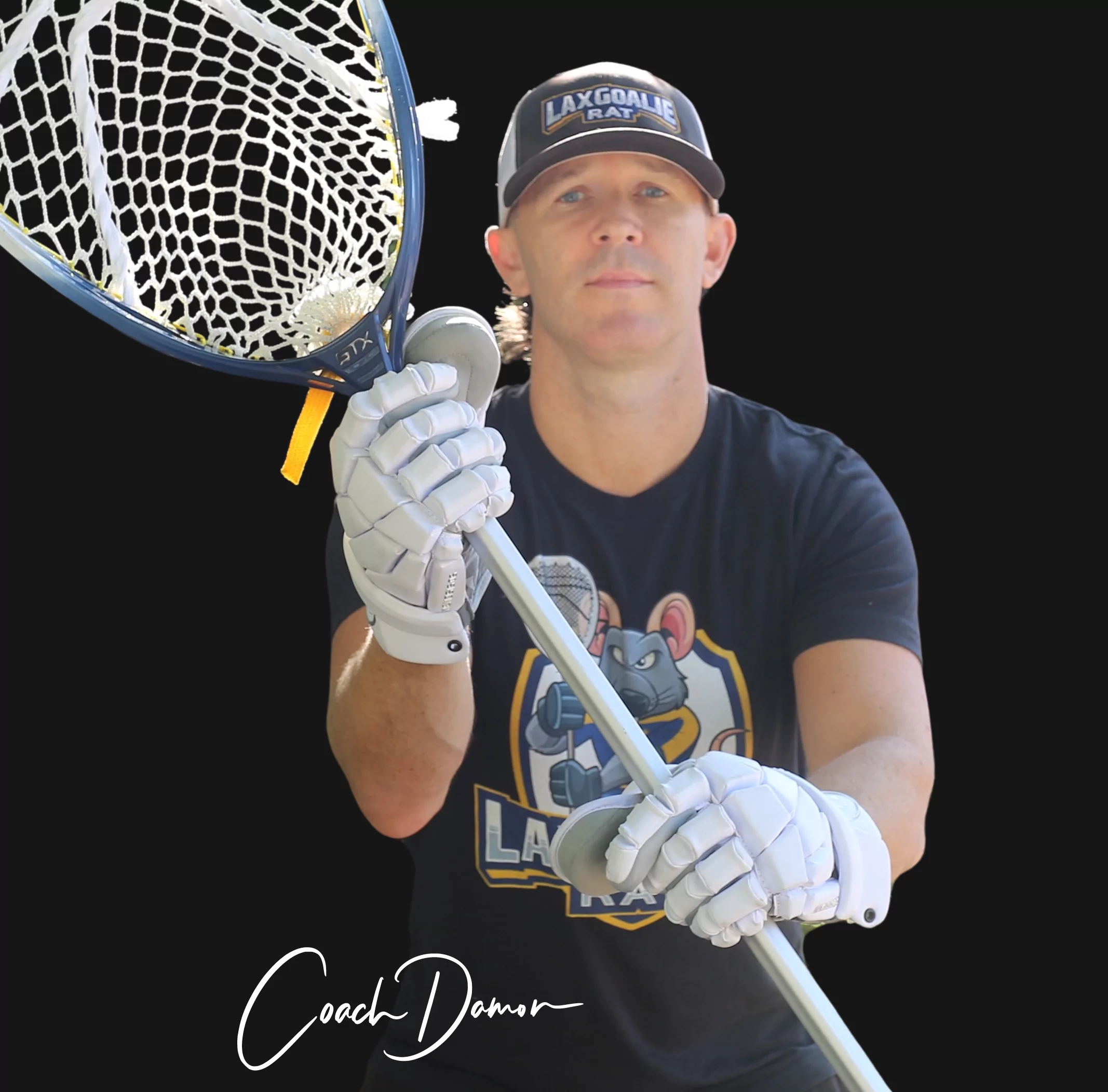







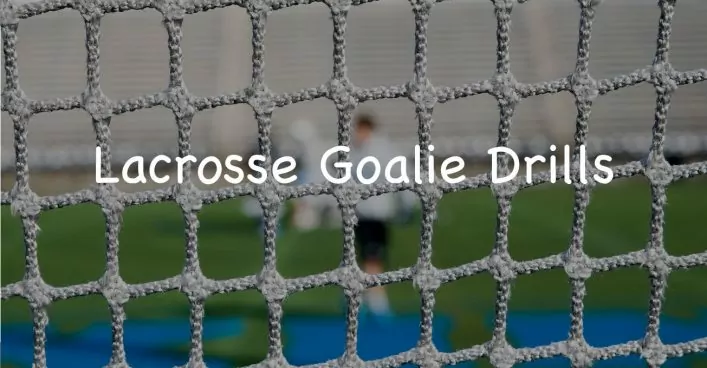 14 Amazing Lacrosse Goalie DrillsAug. 1, 2024
14 Amazing Lacrosse Goalie DrillsAug. 1, 2024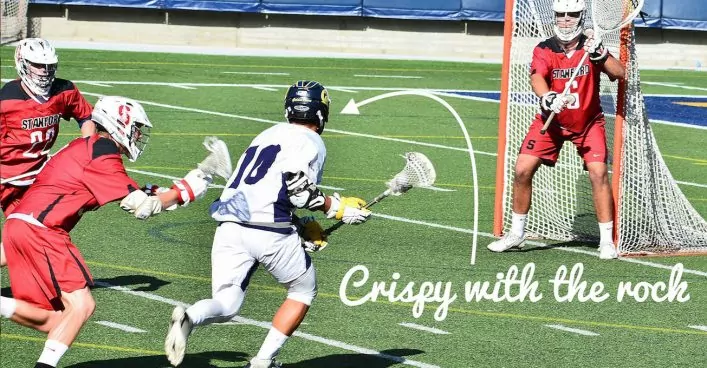 Quick Guide To Lacrosse Slang TermsApril 14, 2025
Quick Guide To Lacrosse Slang TermsApril 14, 2025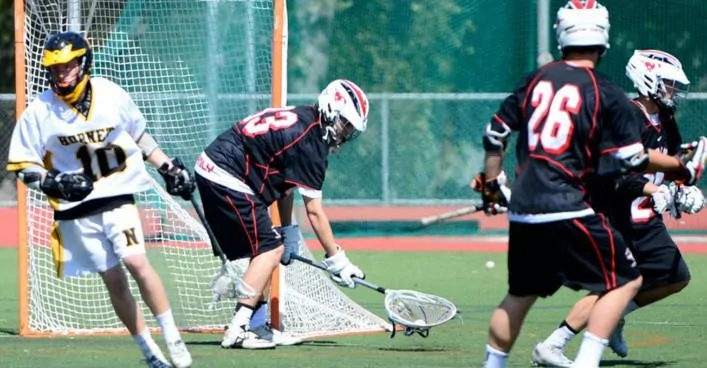 Lacrosse Goalies Rules To KnowJune 28, 2022
Lacrosse Goalies Rules To KnowJune 28, 2022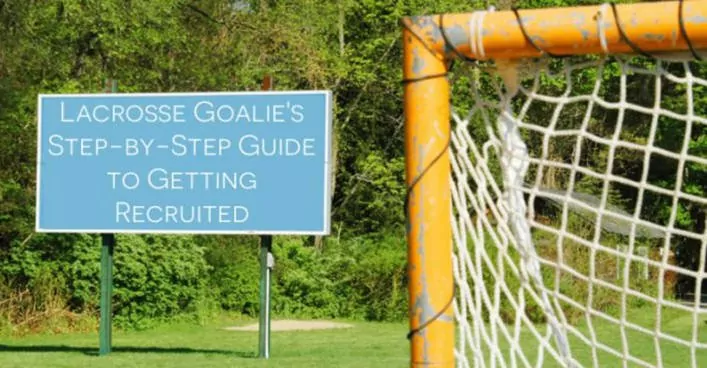 Lacrosse Goalie Step-by-Step Guide to Getting RecruitedFebruary 6, 2022
Lacrosse Goalie Step-by-Step Guide to Getting RecruitedFebruary 6, 2022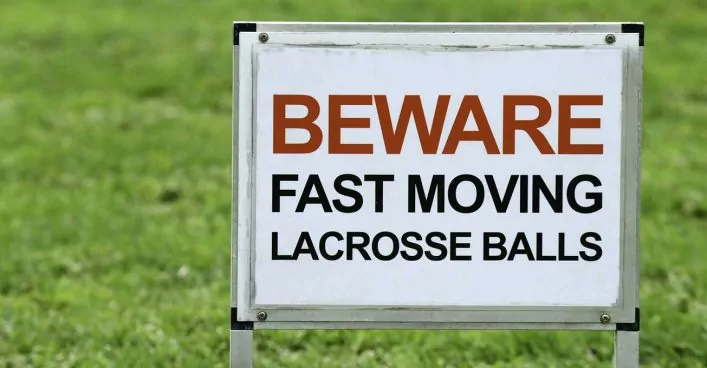 18 Lacrosse Goalie Drills to Improve Your GameApril 24, 2025
18 Lacrosse Goalie Drills to Improve Your GameApril 24, 2025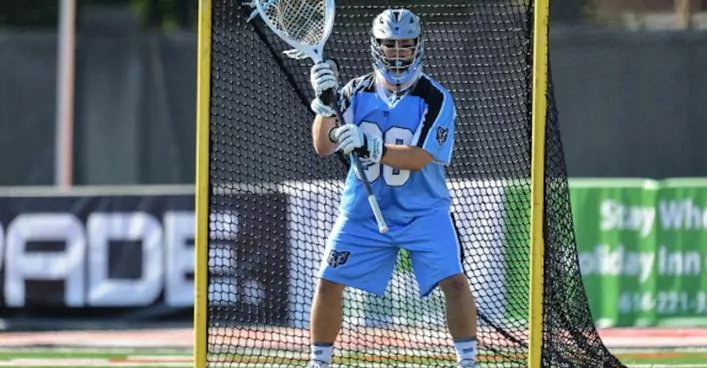 7 Elements of a Great Lacrosse Goalie StanceAug. 1, 2020
7 Elements of a Great Lacrosse Goalie StanceAug. 1, 2020 12 Lacrosse Goalie Tips To Take Your Game to the Next LevelSeptember 10, 2024
12 Lacrosse Goalie Tips To Take Your Game to the Next LevelSeptember 10, 2024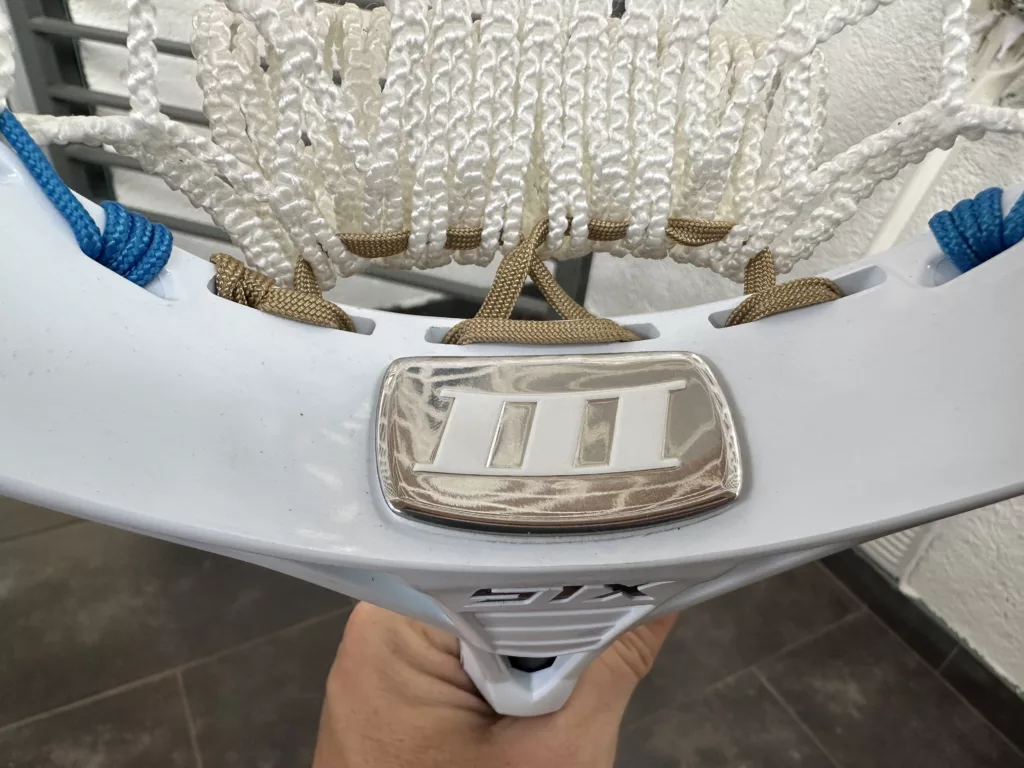 STX Eclipse 3 Goalie Head ReviewApril 24, 2025
STX Eclipse 3 Goalie Head ReviewApril 24, 2025 Lacrosse Goalie WorkoutAug. 12, 2019
Lacrosse Goalie WorkoutAug. 12, 2019 The Basics of Making a SaveJune 29, 2021
The Basics of Making a SaveJune 29, 2021

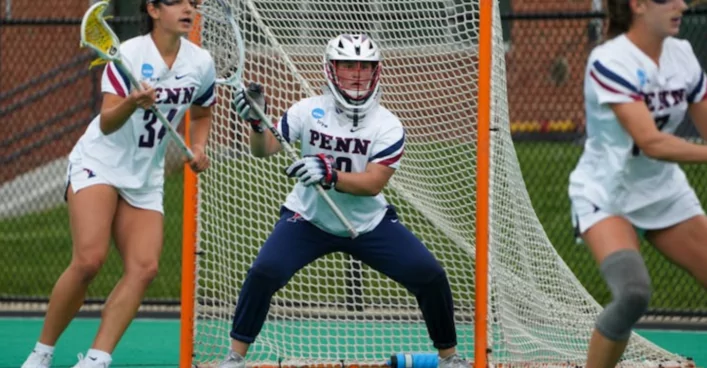

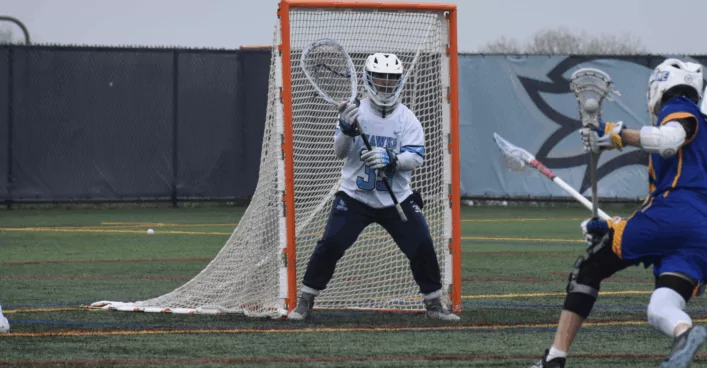
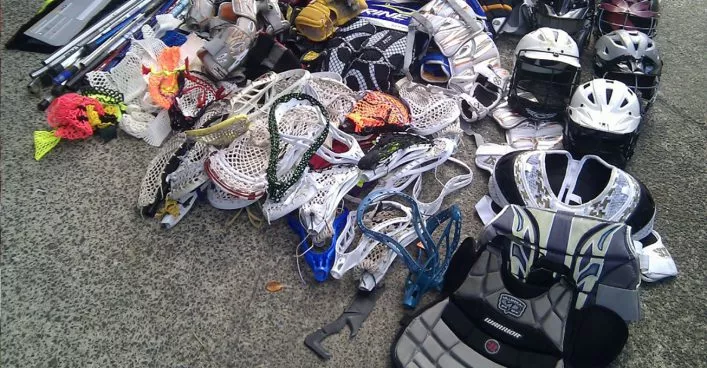

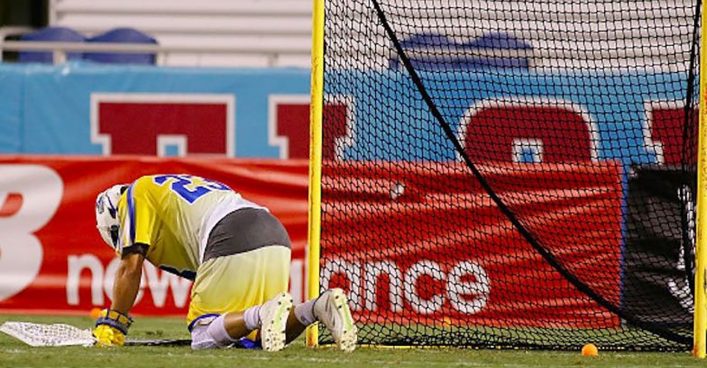
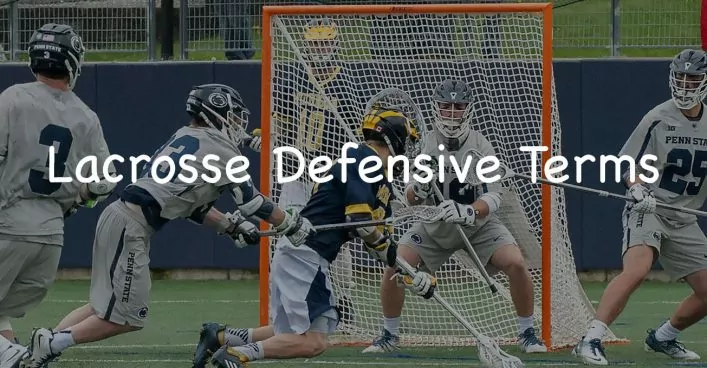
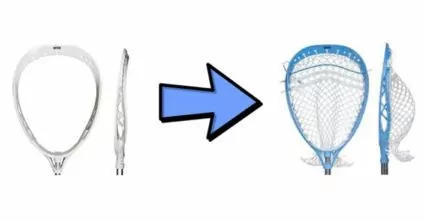
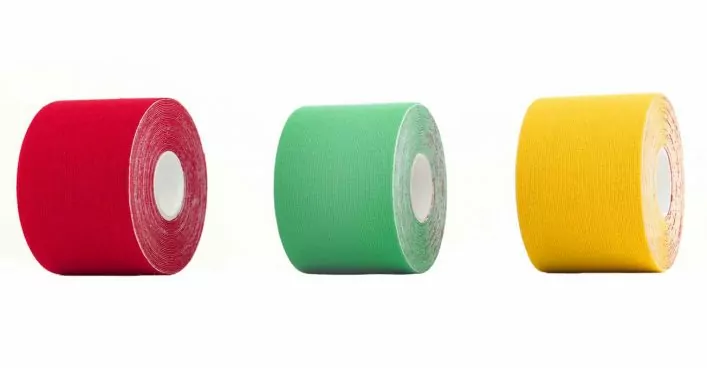





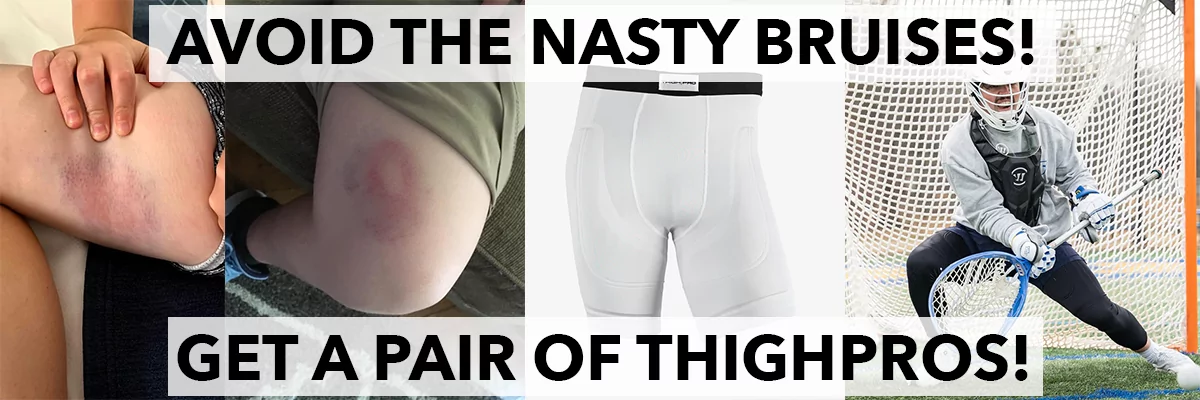

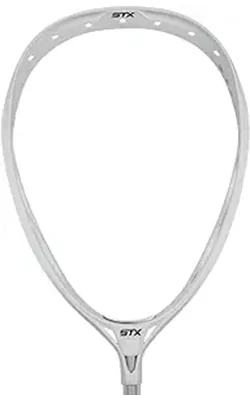

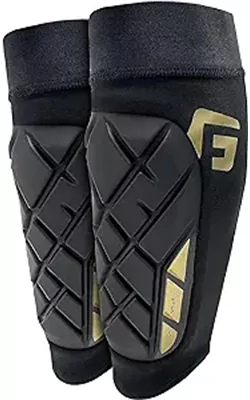
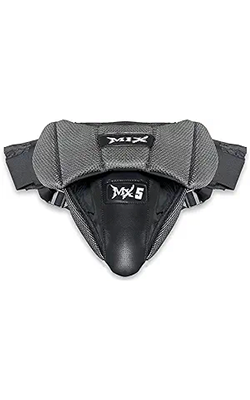

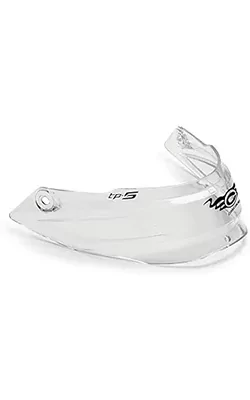
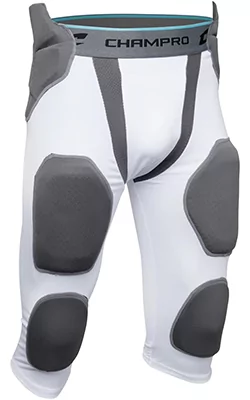
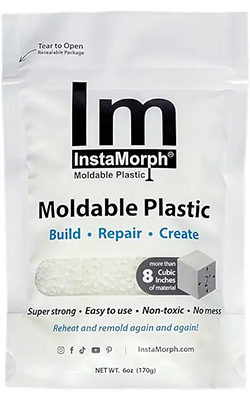

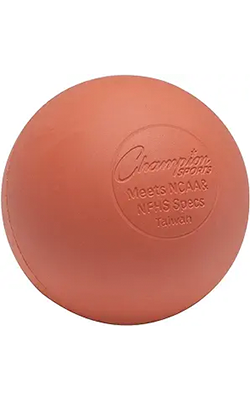

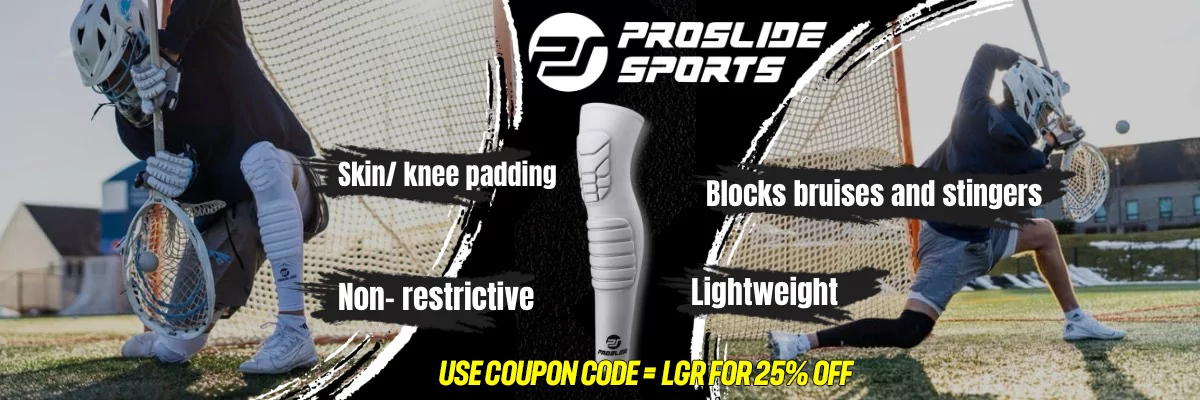
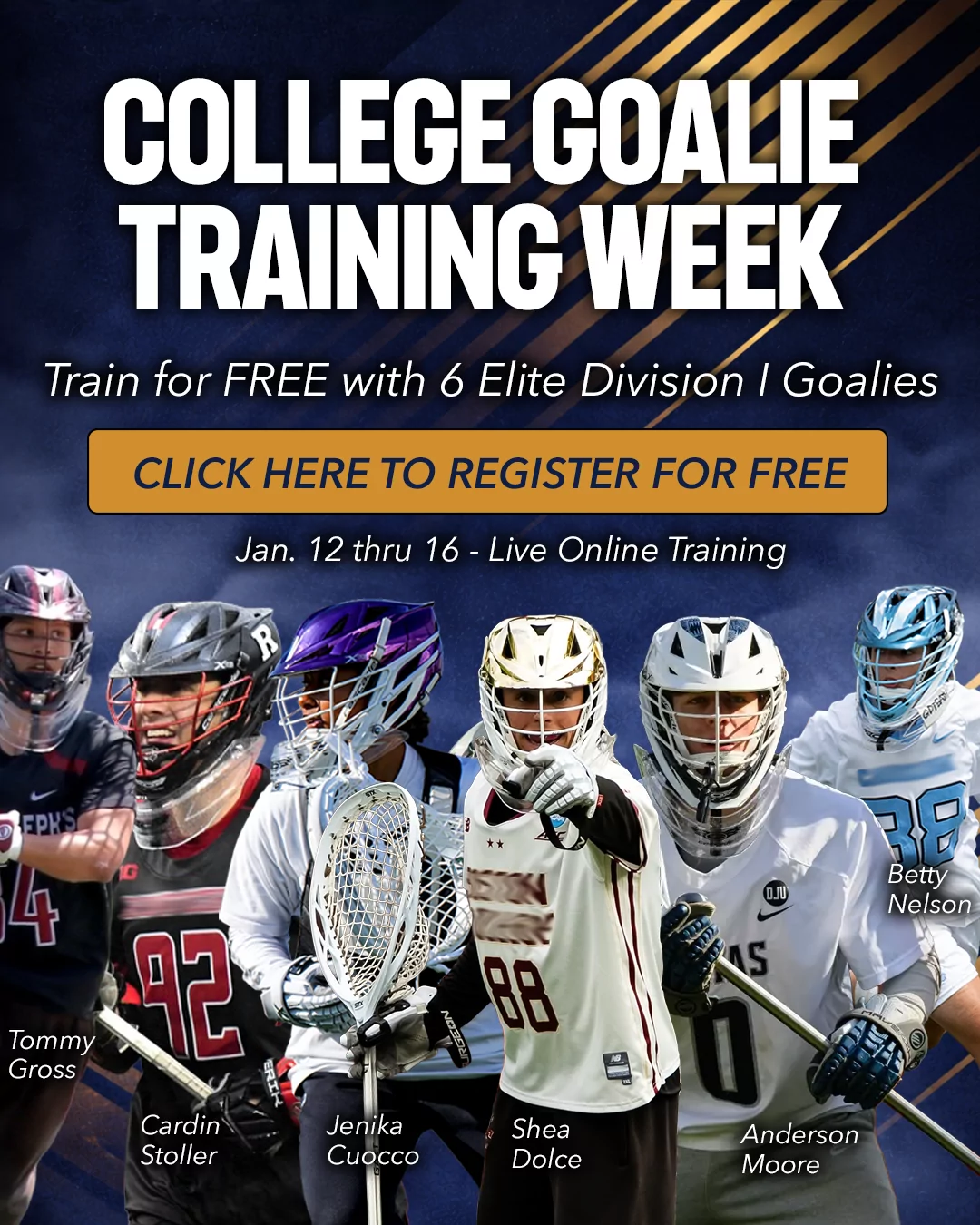





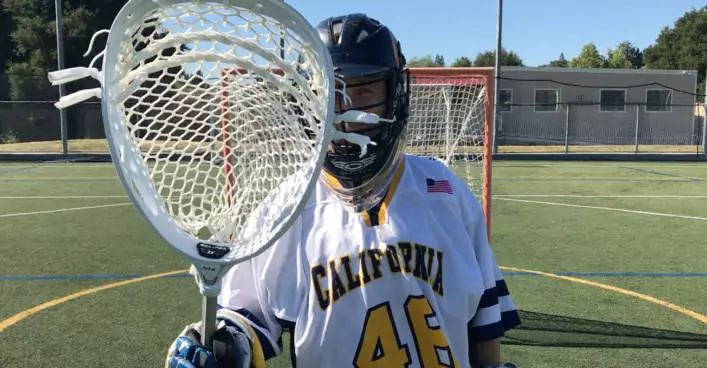
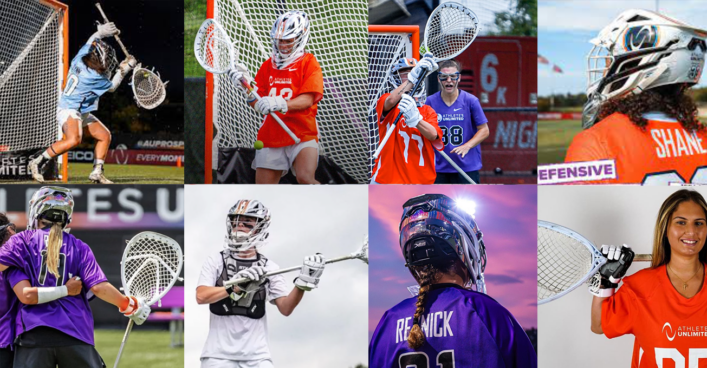
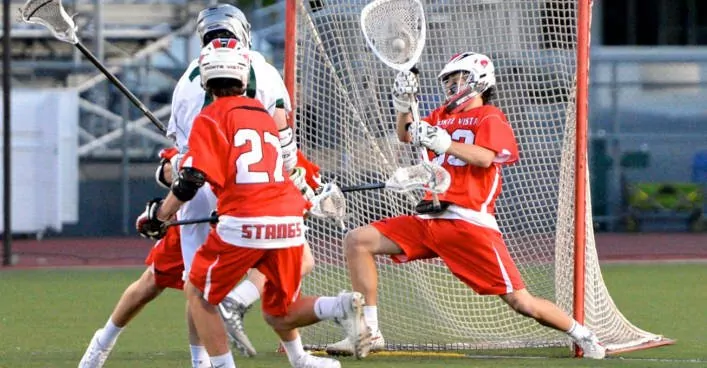
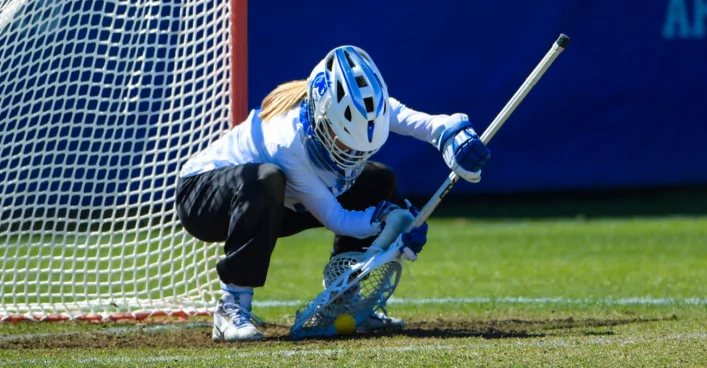









Awesome post! Thanks so much! It is great to get professional help on these topics as the school trainer is often really busy and the coaches are not really focused on the goalies a lot.
Thanks Jk! Unfortunately for us most of the time we have to take our lacrosse goalie training into your own hands! Good luck and glad you found this post helpful! Coach Damon
I came here for the first time I had broken my thumb at tryouts playing in goal Around 5 months ago. I was doing real well and was sure I would make the team. Them BAM! The ball had whacked the tip of my thumb and I immediately had a real bad pain shoot through the tip of my right thumb. Thankfully I’m ambidextrous so I can write with both hands. I had to leave early from tryouts to get x rays. It turned out I had a weird break at the joint. The doctor said she never has seen a break like it. I made the team and went to the first practice a little more than a week after it was fully healed and the same thing happened again! I had gotten more protective gloves and even put extra padding inside of them but still broke it again! Is there a certain way I should hold my stick that will protect my thumb from this happening again?
Bummer about those broken thumbs! We really need better goalie thumb protection. You could try a setup where your thumb is completely behind the shaft. Or at least up against the shaft and not projecting out. I’ve seen some goalies do that. I never did cause it wasn’t comfortable for me. Warrior used to sell this plastic guard that attached to the stick head and covered up the complete top hand, can’t find it now tho.
Great article! I think the knee injuries should defiantly be emphasized, I am currently removing from a knee injury and had to miss out on fall ball. Playing conditions also effect the risk of being injured, I think that there should be a greater emphasis on the conditions that we play in, maybe even steps taking to not play in certain field conditions because of the risk of injury.
Another not-so-common but very dangerous injury is cellulitis. It happened to me once, and to one of my goalies once, after being hit in the leg with a shot. The bruising didn’t look too bad, but 2-3 days later the pain had increased and my whole leg felt like it was on fire. Turns out the blood clot in the leg got infected. I was nearly hospitalized and put on IV anti-biotics. Another couple of days and it might have killed me. Something to be aware of. Ironically, we’re both box goalies, and got the bruises through all those pads!
Another injury I’ve had to deal with are shots to the throat. I’ve never really had anyone tell me how to treat these, but the first time it happened to one of my kids I packed ice around his neck until the ambulance got there. The medics told me the ice kept the swelling down and allowed him to keep breathing.
Thanks for that comment Bob! Good point. That’s I recommend all goalies treat their bruises after they practice or games.
Nothin but the truth about that thumb one! Happened to me so many times!
Yep Becky I think every lacrosse goalie has a personal thumb injury story. Unfortunately.
one time in a game I pulled a muscle, I lied down on the turf for a second rubbing it, I got up and stretched and it helped. Until half time when I wasn’t active so they gave me an ice pack and the game was fine. When it was over my parents drove me home I got out of the car and nearly fell on my face. When is the best time to ice bruises and pulled muscles, is it right after or the next day, because like most goalies I bruise a lot.
I took a shot to the shoulder at just the right angle and dislocated it!
Wow that’s crazy Gavin. Never heard of that injury before but I definitely believe it. How’s the shoulder now?
With all the broken bones in the hands of goalies. Why have the glove manufacturers not realized the goalie glove they make do not provide protection????? Do they not realize the down time that a goalie takes? My son has had broken bone below the thumb surgery (2 pins) and a broken hand bones twice surgery (4 pins). Jimmy is Super fast, a great goalie and also plays linebacker in football, if the injuries persist I am afraid Lacrosse will become a thing of the past, all due to goalie gloves and perhaps the way he holds the stick. All injuries Occur during practice or warm-ups. Never injured in a game. I have some plastic rubber hose that I am going to put on his thumb to protect it(for practice and warm ups. And I have some really neat protection for his hand that does not limit the motion. He is in 9th grade and his coach says that in high school no Modification can be done to the glove? I see football players with all the of stuff on their hands. Why put the goalies in this situation? He missed most of the season came back and during warm ups at half time got hairline fracture in same spot on thumb Played part of second half one handed before coming out. He said heck with goalie and is playing Middie for a while to give his thumb some rest and a little mind resetting. Open for suggestions and rules on gloves. I think He is currently wearing M5 goalie gloves and has tried Rome goalie gloves and I have bought several different types. If was a spot like NFL, the legal could not stand to have the best players out due to injuries and would find a way to correct the situation. Thanks for listening and and help for all the goalies out there is appreciated. Happy to post the video of the pins being pulled out of his thumb. LOL.